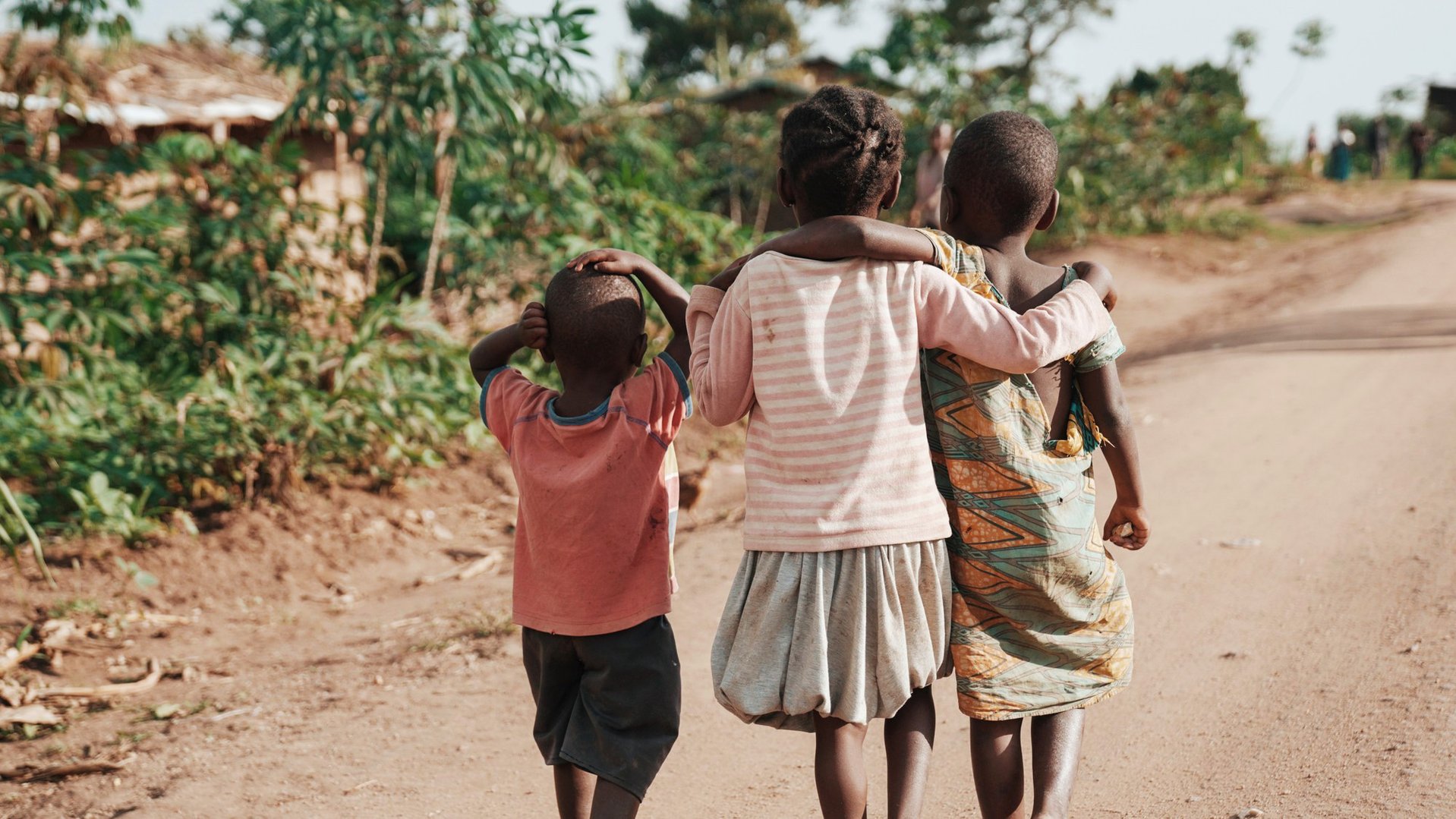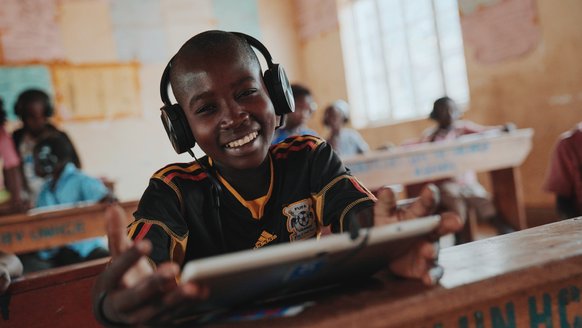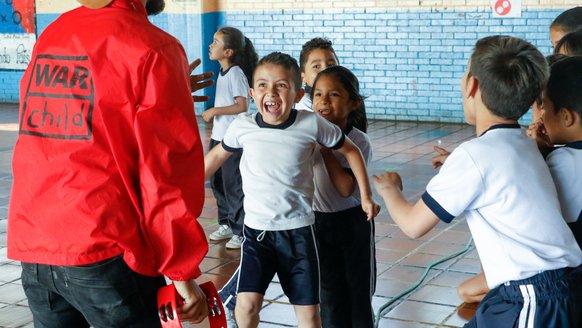Number of Children in War Reaches New High
Dec. 1, 2021
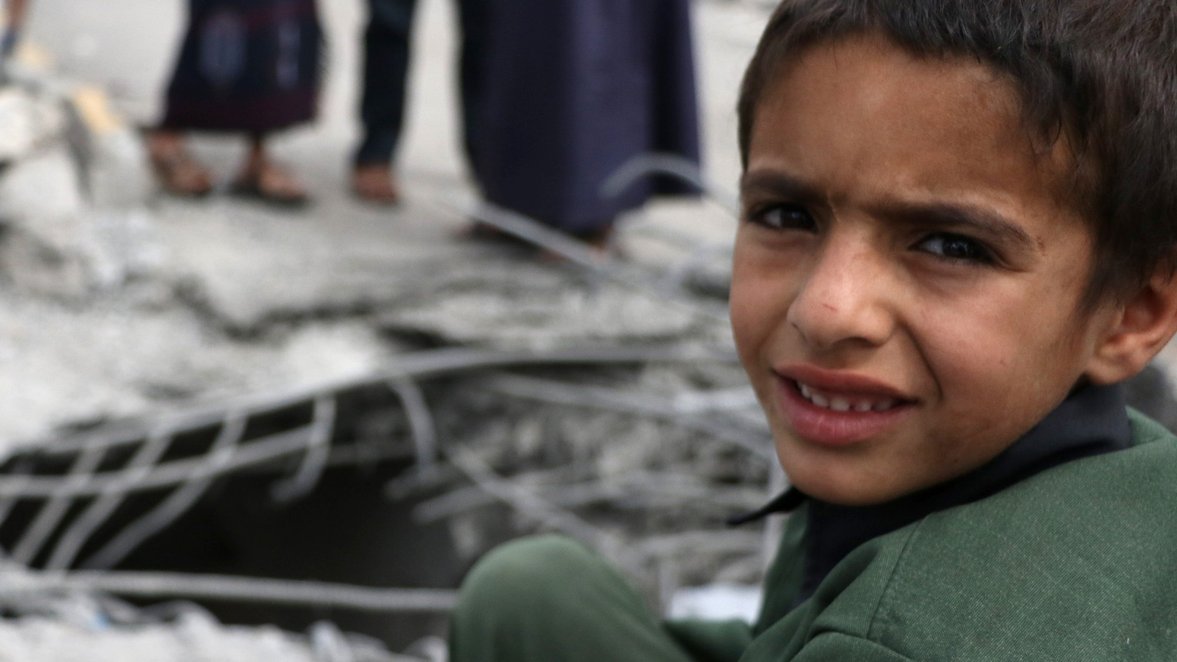
Nearly 200 Million Children in War
New research by Uppsala University, Save the Children and the Peace Research Institute Oslo* reveals this stark increase - up from 162 million in 2019 - in the number of children living directly with the consequences of war and conflict.
In War Child programme countries DR Congo, Afghanistan and Yemen - the latter two of which fall under War Child UK’s jurisdiction - the number of children affected has increased steeply. Conflicts in these countries, along with the war in Nigeria and outbreaks of violence in Mozambique, are said to be behind the spike. Coupled with the impacts of COVID-19 and climate change, this paints a desperate picture for thousands of children born into an environment that the majority of humankind struggle to comprehend.
Physical and Mental Scars
Children who grow up in war are constantly exposed to a number of grave risks including injury, sexual abuse and exploitation, recruitment by armed groups and post-traumatic stress disorder. Not only are their lives in danger; their physical wounds many, the hidden scars and mental burden they carry can lead to serious mental health conditions which are passed on from generation to generation if not caught early.
“In the 25 years of War Child's existence, our work to provide vital child protection, psychosocial support and education has never been more important”, says War Child CEO Ramin Shahzamani. “Now, we must step up our game - find new ways of working and faster ways of growing - if we have any hope of reaching the children and caregivers we serve.”
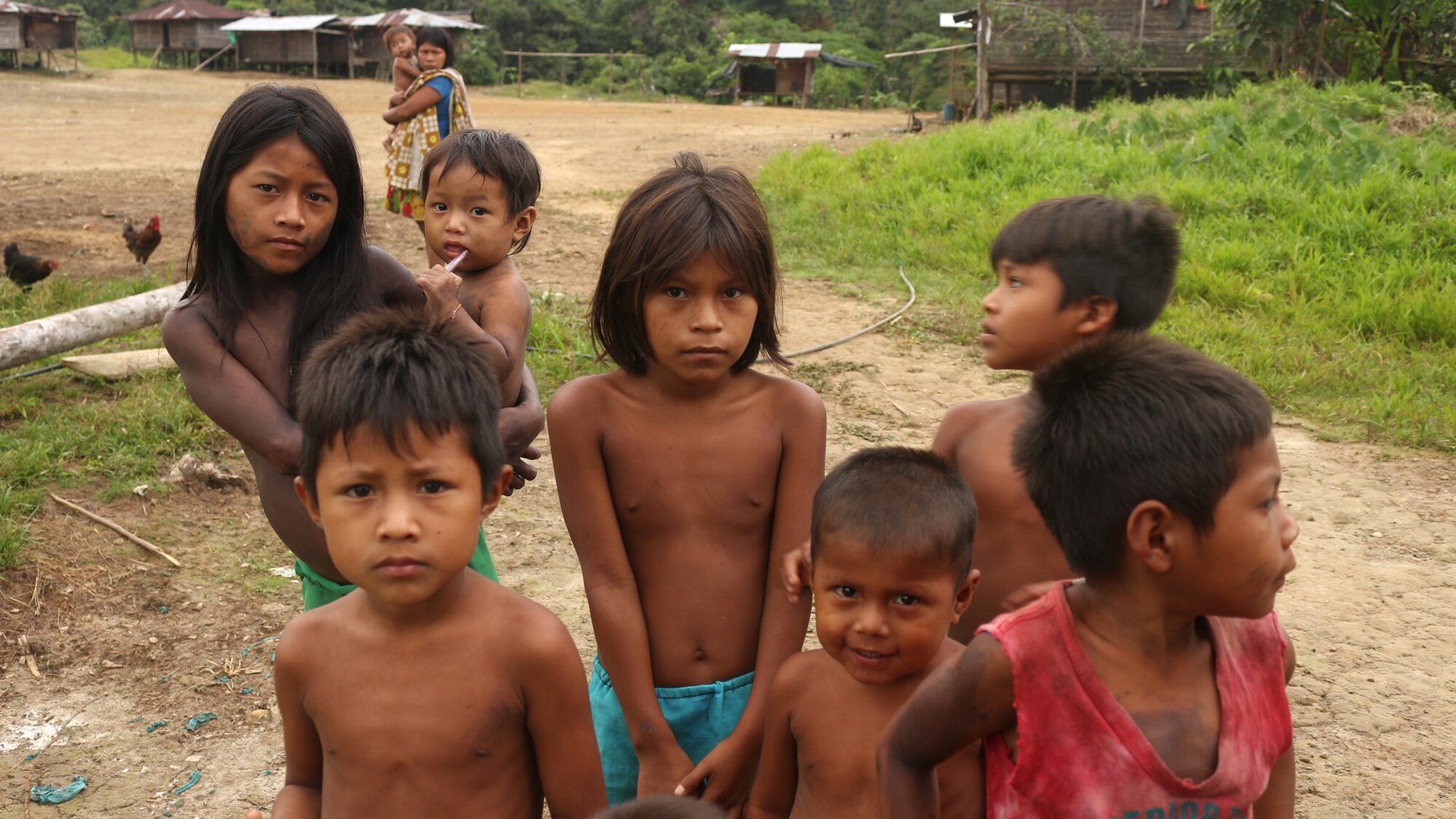
Scaling Up Our Evidence-Based Approach
Truth is there are many more children in need than War Child alone can support. We know that we can’t do this on our own. In the months ahead, we’ll work with and through a global network of individuals, partners organisations and institutions to bring our evidence-based methods to scale for the children who need it most.
Our advocacy efforts will also evolve to meet this worrying upward trend - seeing us mobilise support from a large coalition of stakeholders to pressure governments and donors to assign funding to mental health and psychosocial support in emergency responses - funds which currently make up just 1 per cent of all humanitarian health care funding.
“We’re no longer asking - we’re demanding”, says Shahzamani. “An entire generation of young lives hangs in the balance.”
*Released on 30 Nov 2021 via Save the Children’s annual ‘Stop the War on Children’ Report
